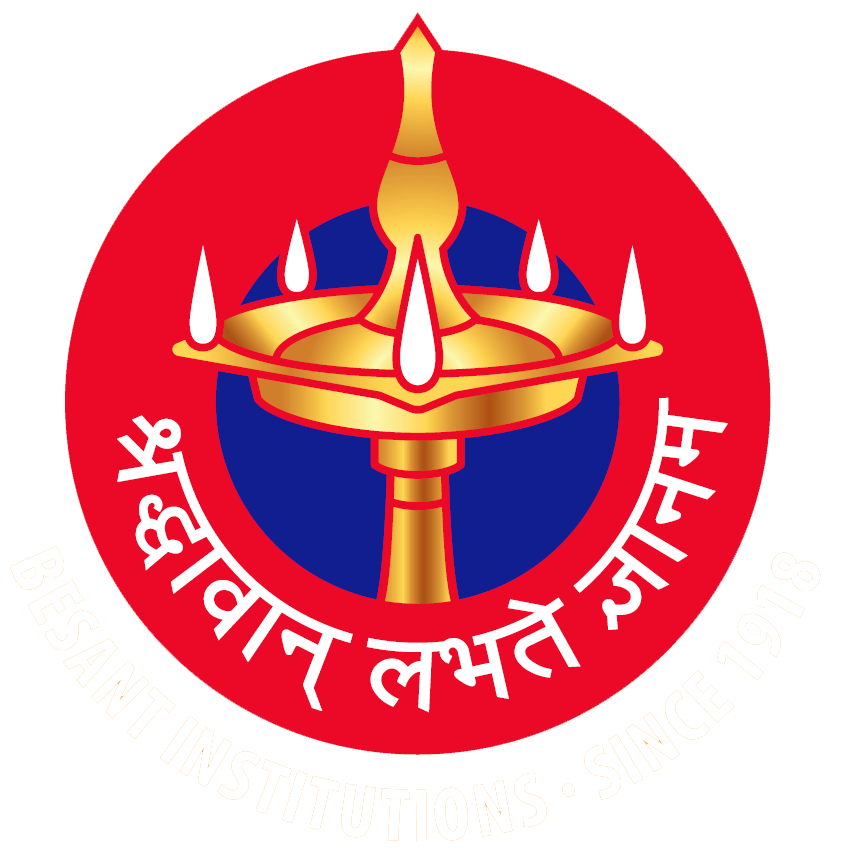Best Practices
Best Practices – No 1
- Title of the Practice:
‘VATSALYA’ fostering empathy understanding and responsibility, building a compassionate community
2. Objectives of the Practice:
- To develop sensitive and sensible social perspectives and outlooks among students toward the problems faced by the disadvantaged and marginalized section of society.
- Social interaction improves their mental well-being and provides a sense of belonging.
- To help students identify and contribute to solving the problems faced by the neighbourhood.
- To help institution achieve its vision (graduate attributes)
- Inculcate empathy, understanding, and a sense of responsibility among students.
3. The Context:
- Students’ knowledge of social issues should not be limited to theory.
- Students need to be encouraged to participate in the process of contributing towards the betterment of society.
- Students have to be educated on these issues so that they can learn to live with harmony in their future lives.
- It's important to make students an integral part of the community.
4. The Practice:
Every semester the college organizes visits to various centres, including old age homes, orphanages, schools for the mentally ill, and jails. There is a visit to the local school too. During these visits, students are divided into groups and tasked with preparing games and entertainment programs. Additionally, there’s a collection of items needed for the centre, which is contributed by both students and faculty.
5. Evidence of Success in performance against targets and benchmarks and Review of results given below.
- Student’s willingness to be volunteers has increased year after year.
- Many a times students have visited these kinds of centres for the first time and has made a lot of difference to them.
6. Problems Encountered and Resources Required.
- Initiatives requires funds which cannot be undertaken as there is no contribution from any agency or industry.
- The success of the activities in terms of sensitization od students cannot be measured accurately.
- Students need to be motivated to participate with more involvement.
Best Practices – No 2
- Title of the Practice: ‘SAMANVAYA’ Student Forum Activities Manel Srinivas Nayak Institute of Management has a comprehensive approach to education and student development. The focus on quality education, leadership skill development, and cultivating the right attitude for life and business is commendable. The inclusion of Samavaya, a student forum, adds an extra dimension to the learning experience by fostering creativity and teamwork among students. The organization of various competitions within core areas of learning and special occasions related to nation helps in practical skill development and provides a platform for students to share their experiences and views.
Objective: We cluster the students into mentoring groups, and these mentoring groups, irrespective of their specialization are considered for Samanvaya groups. Each group designs activities that encourage their fellow students to exhibit their creativity and leadership skills while building a collaborative culture. The groups are awarded the various coloured badges based on their performance.
2. Objectives of the Practice:
- The students can Develop real-world abilities.
- Improve practical skills such as communication, analytical thinking, and problem-solving.
3. The Context: The following are the issues which motivated the institute to implement the mentoring system:
- To provide an in-house platform for students to compete with each other with regards to various competitions held in the institute.
- To build the knowledge base for the students with regards to various current and multiple topics.
- This forum also is a place where students themselves plan and conduct the activities for their friends which builds their knowledge and capacity in conducting an event independently.
- To mould the students to compete in the challenging global environment.
4. The Practice:
Each Group conducts an activity for all the other groups and the winners will be rewarded with badges. The activities conducted vary from quiz, asset bidding, poster making, story writing, Brand rangoli etc., The system of awarding badges in different colours based on group performance is an interesting way to recognize and motivate students. This not only acknowledges their achievements but also provides a tangible representation of their progress. The sequential order of white, orange, blue, purple, and yellow badges add a sense of accomplishment and encourages continuous improvement.
The practice of group leaders depositing badges with their mentors is a thoughtful way to keep track of students' performance. It establishes a mentorship system that allows for personalized guidance and support based on individual achievements. 5. Evidence of Success: Evidence of success in performance against targets and benchmarks and Reviews are evident where the students have shown their performance in organising bigger events as well as win competitions in various places held at other institutes. 6. Problems Encountered and Resources Required: Students often find it difficult to meet their mentors due to the hectic academic schedule. To address this, common free slot in the timetable is provided wherever possible. As some of the faculty members are new to mentoring an intensive training is required. In this regard assistance is being provided by department heads and senior faculty.

